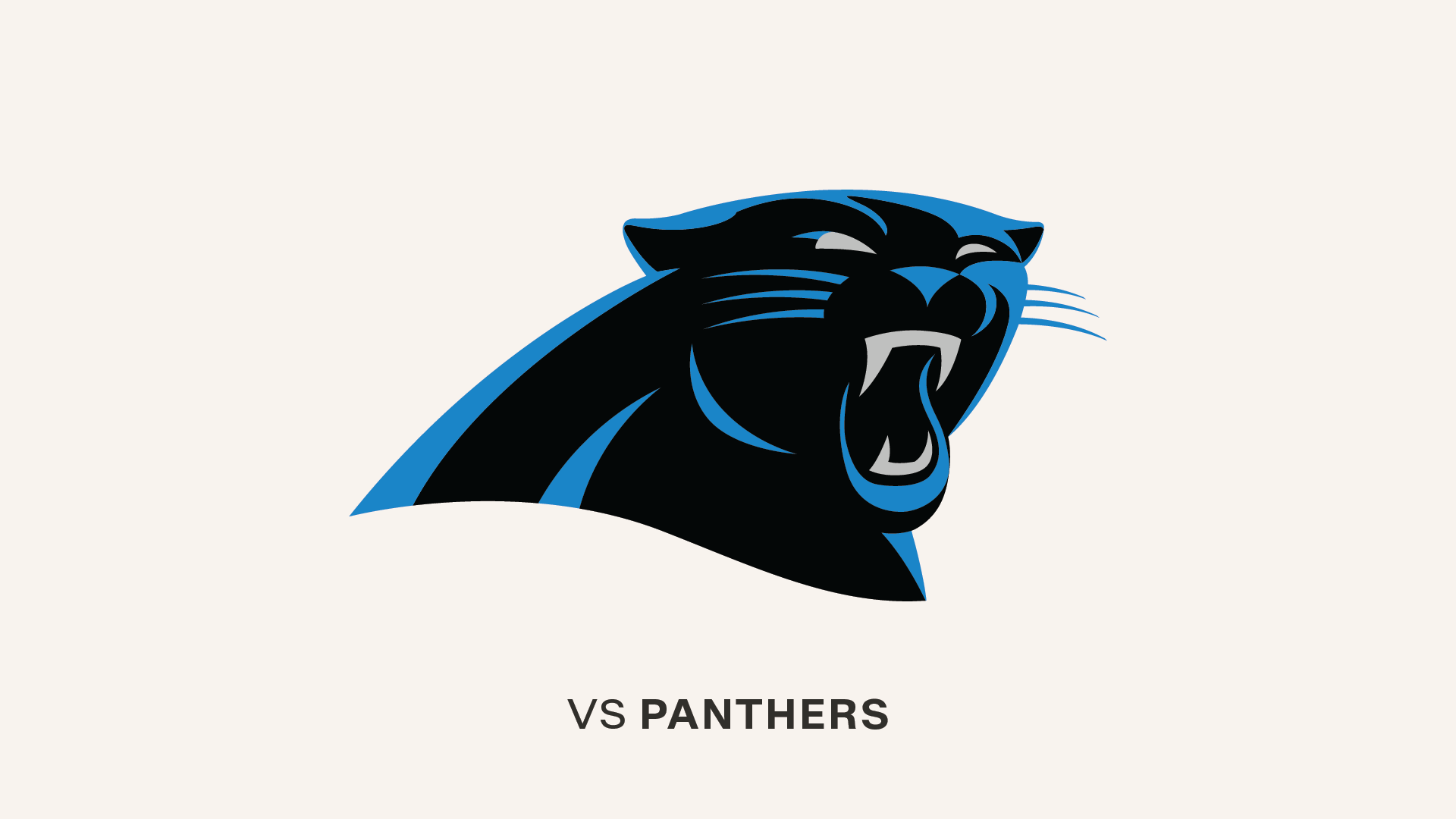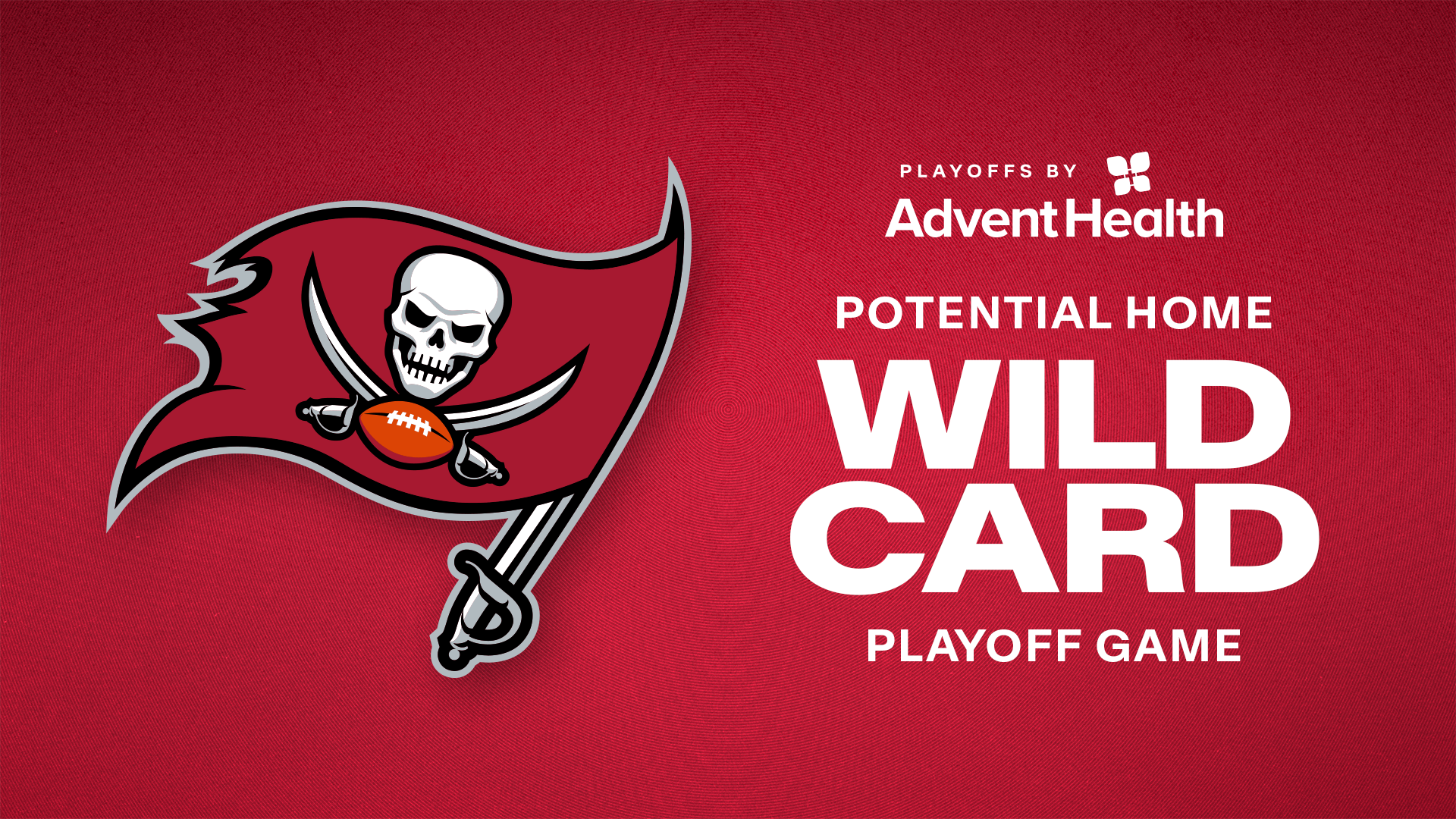In the NFC South, S John Lynch and the Bucs will try to build a new rivalry with the Atlanta Falcons, beginning in 2002
National Football League owners and representatives are meeting in Chicago this week, where they were expected to spend several days discussing divisional realignment plans. Most also expected the final decision to be an approval of the most publicized plan, which places the Tampa Bay Buccaneers in the new NFC South along with Atlanta, Carolina and New Orleans.
Apparently, with so little suspense and virtually no disagreement, the NFL decided to put the issue to bed early. Late Tuesday morning, the league announced its unanimous approval of what had appropriately been dubbed Option A1, an alignment of two conferences of four divisions each, with four teams in each division.
Buccaneers General Manager Rich McKay, for one, was not surprised by the league's swift action.
"I've felt all along that once the financial aspects of realignment were dealt with – and we dealt with them last year – then realignment was a fait accompli," said McKay. "It was just a matter of when and not necessarily a matter of what was going to take place."
Nor were the Buccaneers expecting to remain in the NFC Central.
"From the beginning, we've had a pretty clear understanding that we would end up in the NFC South with these teams," said McKay. "The NFC Central was awfully good to us in some awfully lean years because of our location. We were able to help ourselves from an attendance standpoint by bringing cold-weather teams down here.
"We're past that point now, and the more natural rivalries for us are more regionally driven. I think it will work well for us to be in the same division with Atlanta, Carolina and New Orleans."
Even though they are focused mainly on the unchanged 2001 season, Buccaneers players did take an immediate interest in their new home for the following campaign. Linebacker Derrick Brooks sees positives in the move, though he does hope the Bucs' old NFC Central ties don't become unraveled right away.
"It's a nice switch-up," said Brooks. "Some good, some bad, but overall it's something that needed to be done and got done. Going to Carolina every year is going to be exciting.
"I just hope that teams that felt they lost out because of (lost) rivalries, that when the league puts out the schedule, they'll give these teams a chance to continue to play each other and keep the rivalries going. Minnesota is a team that I'd like for the Bucs to play every year – I get excited by (that game). And I haven't won at Lambeau Field, so hopefully we'll do something about that this year. I'd just like to get the chance to still play a couple of teams from our (old) division when they schedule it."
In fact, the NFC Central will perish, but in title only. Four fifths of the 'black-and-blue' division will remain intact as the league wished to preserve the long-standing Midwestern rivalries among Chicago, Detroit, Green Bay and Minnesota. Geographically the odd man out, the Buccaneers were predictably placed in a Southern division with more attractive travel arrangements. The former Central will now be known as the NFC North.
"I think the traditional side of me is disappointed," said safety John Lynch. "Our division was tremendous, with so many great matchups and rivalries. I'll miss playing at Lambeau Field, but you have to play who is on your schedule.
"And when I think of the new division, with teams like Atlanta, I think of the opportunity to compete against Michael Vick (of the Falcons) and a team like New Orleans, which has turned the corner and turned the franchise around. I'll miss the rivalries, but we'll have the opportunity to create new ones."
Most of the NFC East was also maintained (Dallas, New York Giants, Philadelphia, Washington), with only Arizona moving out the division to take up residence in the NFC West, along with San Francisco, Seattle and the St. Louis Rams, who moved into the Gateway city roughly a decade after the Cardinals moved out to head to Phoenix. Seattle is the only team that was forced to switch conferences, moving from the AFC West into the NFC.
Actually, Seattle is heading back to the NFC, as they were originally placed in the NFC Central when both the Seahawks and the Buccaneers joined the league in 1976. The Bucs opened that first season in the AFC West, but the two teams switched divisions the following year.
With Seattle out, the rest of the AFC West remains the same, preserving strong rivalries between Kansas City, Denver, Oakland and San Diego. The AFC East is also largely the same, with only Indianapolis excised, leaving Buffalo, Miami, New England and the New York Jets to stay at each other's throats.
The Colts and the Houston Texans, who will begin play in 2002, necessitating this realignment, were added to the six teams previously in the AFC Central, then the whole group was split down the middle into North and South divisions. In the North, the Super Bowl Champion Baltimore Ravens will remain with Cincinnati, Cleveland and Pittsburgh. The South will include Houston and Indy along with Jacksonville and Tennessee.
"There's some good things in there, (such as) Indianapolis, Jacksonville and Tennessee," said Brooks, taking a look at the big picture. "The Colts getting to see those guys every year is something new. Jacksonville and Tennessee is a big rivalry. Cleveland and Baltimore stay in the same division, the AFC West still has their same teams.
"And a couple of teams (benefit) in terms of travel. Atlanta not having to go way out there to play San Francisco every year is definitely going to help them."
Smaller divisions also means fewer intra-divisional games, leaving more of the schedule for the rotation of the league's other 28 teams onto the Bucs' plate. In fact, Tampa Bay will play every team in the league at least once every four years, and the annual schedules will be based less on the previous year's winning percentages. The former 'strength-of-schedule' formatting at times created long gaps between the Bucs' meetings with certain opponents.
After playing once each in 1976 and '77, expansion brethren Tampa Bay and Seattle did not meet again until 1994. Last year, the Bucs broke a decade-long drought of playing the Cowboys and a nine-year span without facing the Bills. Cross-state rival Miami appeared on the Bucs' schedule just twice between 1989 and 1999 but the Bucs played New Orleans in all but two seasons between 1977 and 1994. The Oakland/L.A. Raiders didn't play a game in Tampa for the Bucs' first 20 years of existence, and the Buccaneers still have yet to travel to Buffalo.
"One of the benefits of realignment, and of getting to 32 teams, is what we were able to do with the overall scheduling format," said McKay. "I think it's a vast improvement over what we had prior to this. It's a more competitive format, because 14 out of 16 games are common opponents for division foes. So you will truly have division winners that deserve to win the division championship, as opposed to some instances in which the fifth-place schedule in the old format contributed heavily to victory.
"It's also nice for the fans that every three years they'll see every team in the NFC and every four years they'll see every team in the AFC."
NFL Divisional Alignment, Beginning 2002
NFC East: Dallas, New York Giants, Philadelphia, Washington NFC South: Atlanta, Carolina, New Orleans, Tampa Bay NFC North: Chicago, Detroit, Green Bay, Minnesota NFC West: Arizona, St. Louis, San Francisco, Seattle
AFC East: Buffalo, Miami, New England, New York Jets AFC South: Houston, Indianapolis, Jacksonville, Tennessee AFC North: Baltimore, Cincinnati, Cleveland, Pittsburgh AFC West: Denver, Kansas City, Oakland, San Diego
























